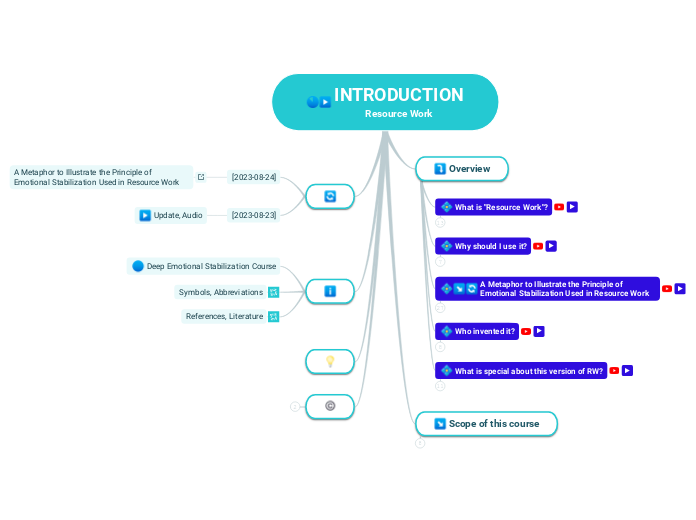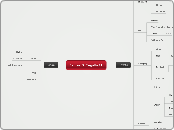Gums and Stabilizers
(Hydrocolloids)
Types of Gum & Stabilizers
CELLULOSE
-Chemically modified cellulose
-with alkaline treatment, it converts cellulose into ether
Application:
~thickening
~suspending
~stabilizing and modify flow characteristic
GUAR GUM
-linear chain of mannose with single galactose unit attached as side chain
Application:
-Non gelling gum
-used as viscocity builder
-stabilizer
-water binder
LOCUST BEAN GUM
-from leguminose Ceratonia siliqua seed
-Only form gel when combined with Xanthan gum
Application:
~ thickening
~stabilize emulsion
~inhibit syneresis
Syneresis=the contraction of a gel accompanied by the separating out of liquid
XANTHAN GUM
-polysaccharide produce from Xanthamonas campestris
-excellent stability to heat and pH
Application:
~thickening
~suspending
~stabilizing effect
GUM ARABIC(GUM ACACIA)
- extract from tree sap
Application:
~ as encapsulation agent:encapsulate volatile compound
~promote stabilization of foam in beer
~as emulsifier and stabilizer in soft drink
ALGINATE
-Derived from brown seaweed(Laminaria hyperborea)
Application:
~excellent stabilizing agent in frozen products( avoid crystallization in ice cream)
~as Thickener and stabilizer in beverages(gives fast hydration & mouthfeel)
~has emulsification properties which used as stabilizers in emulsion like mayonnaise(Propylene glycol alginate)
CARRAGEENAN
-Commercial carrageenan contain varying amount of carrageenan, the amount depend on the weed source and extraction process.
Types of carrageenan
iota carrageenan
Lambda carrageenan
kappa carrageenan
PECTIN
- Derived from citrus fruit(Lemon,Lime & Orange)
-Natural formed is called Propectin(insoluble)
Types of Pectin
-Galacturonic acid is partially esterified as methyl ester
-expressed as Degree of esterification (DE)
~DE >=50% : HMP
~DE<50% : LMP
Low Methoxy Pectin(LMP)
~ Form gel in the presence of Ca2+ with low solid content & wide pH range(1-7)
Amidated LMP(ALMP)
~Very Ca2+ reactive
~Assist in Low sugar fruit gelation
Conventional LMP(LMP)
~less Ca2+ reactive
~used as thickening agent in yoghurt fruit
High Methoxy Pectin(HMP)
-DE 58% to 75%
~ To form gel, soluble solid content must range (55%-85%), with pH(2.8-3.8)
~ e.g: jam & jellies
~classified to: ultrarapid set(DE=77%) and rapid set(DE=58%)
~Rapid set pectin : used in jams with whole fruit to ensure uniform distribution of fruit particles
Hydrocolloids
-A range of polysaccharides & protein. Known as "water soluble gums","gums" and "stabilisers".
Class
1) From sap of tree (Gum Arabia)
2) Extract from seed (Locust Bean Gum)
3) Extract from seaweed (Carrageenan)
4) Microbial gums( Xanthan gum)
5) Extract from tubers( Konjac glucomannan)
6) Extract from plant parts (Pectin-from citrus fruit)
Gelation of Hydrocolloids
-some form gel upon heating/cooling
-some required the presence of cation
-Others will form under acidic pH with high sugar concentration and some required alkaline pH to form gel
Thermally-irreversible gelling agent
-eg: -> Alginate, starch, konjac & HMP
Gelation of Alginate
~Forms gel in cold water with the presence of Ca ion.
Gelation of Lambda carrageenan
~has structure that do not aloow double helix formation.
Thermoreversible gelling agent
-gel formed on heating and cooling(reversible process)
-eg: ->Gelatin, agar, k-carrageenan, LM pectin, gellan gum, methyl cellulose, HPMC
Gelation of Alginate
~ can form gel in cold water in the presence of Ca ion
Gelation of carrageenan(kappa and iota)
~ at concentration as low as 0.5%, kappa and iota forms thermoreversible gel
Structure
1) Degree of saturation(DS)
~higher DS faster to hydrate
~lower DS slower to hydrate
2) Degree of polymerization
~higher DP=high viscocity, slower to hydrate
~lower DP=low viscocity, faster to hydrate
- high MW polymers consisting long chain sugar unit with substituent potruding from the main chain
Functions
Secondary function:
1) Stabilisation of emulsions
2) Suspensions of particulate
3) Control of Crystallisation
4)Encapsulation
5) Formation of Film
Primary function:
1) as thickening agent
2) as gelling/ texturizing agent









